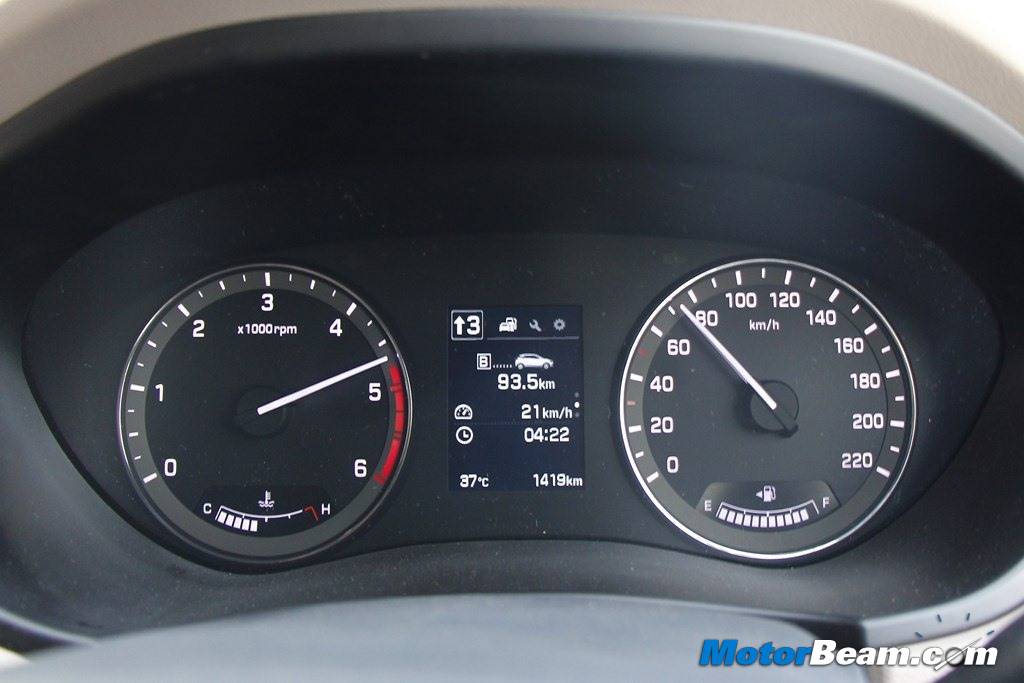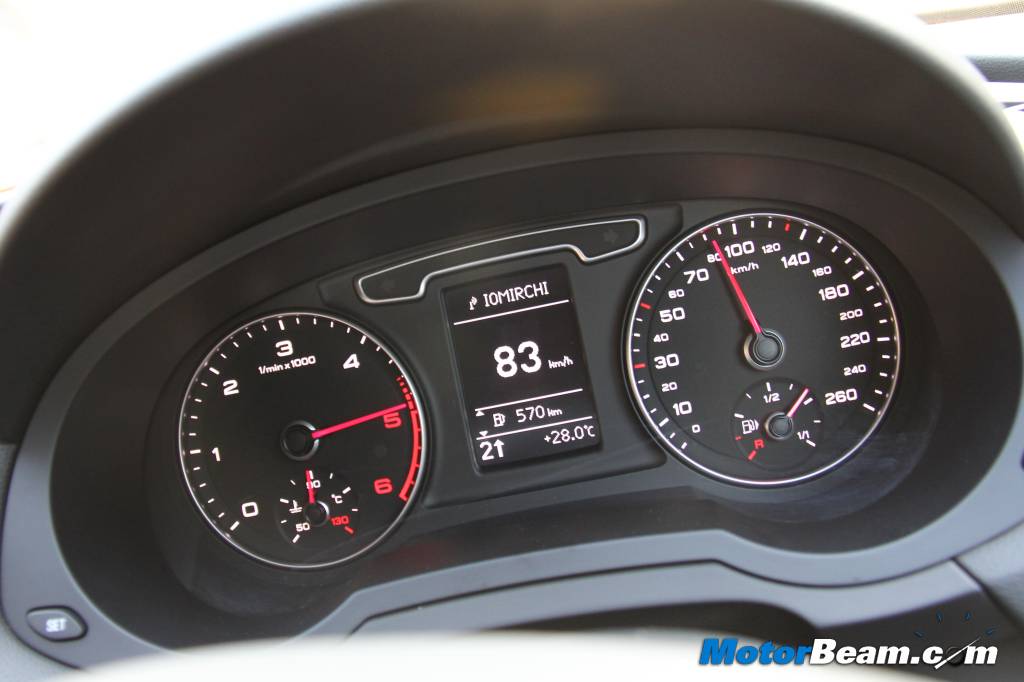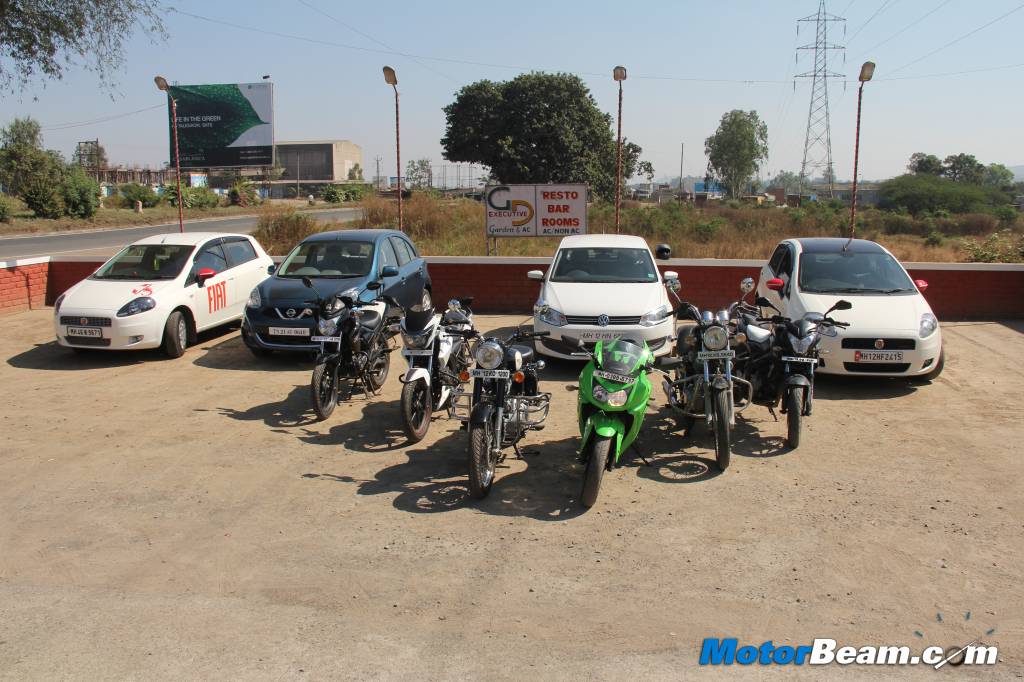The government of India has finally revised the speed limits for vehicles plying on Indian roads after a long period of 25 years. All these years, national highways in India have not had any official speed limits for cars. According to the new rules, cars can travel at a maximum speed of 100 km/hr while bikes are allowed to go at 80 km/hr. However, the city police will have the power to set specific speed limits for local roads where speeding would be considered dangerous. Hence, while the above speed limits will be applicable on all highways, the deputy commissioners and police will chalk out specific limits for each locality.
With the new norms coming in force, vehicles like buses that carry nine or more passengers will be able to travel at a maximum speed of 80 km/hr while vehicles that are used to carry goods will also be able to travel at similar speeds of 80 km/hr. In the past, buses and trucks had a speed limit of 65 km/hr and for bikes it was 50 km/hr. Apart from increasing the speed limits, the government and road ministries need to make sure that citizens get pothole-free roads. These potholes or craters that appear out of nowhere are also a major cause of accidents and injuries.
With great power comes great responsibility. Since the government has decided to allow citizens to drive at such high speeds, it should also make safety features like ABS and airbags mandatory for all cars. These features come in really useful in case of any untoward incident. The government should also do something to make sure that these speed limits are actually enforced in real life. People are known to flout limits and speed away to glory whenever they find an opportunity. Maybe on certain roads, a speed limit of 120 km/hr would do wonders as the Ring Road in Hyderabad has that limit.





